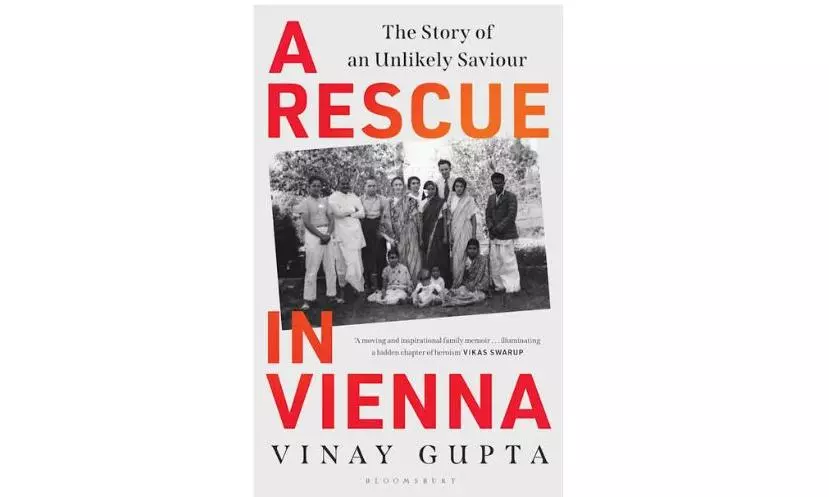Book Review | India’s Schindler and his rescue list

According to legend, an officer in Austria’s royal Habsburg army was the first to add sugar and milk to Turkish coffee. Thus, coffee shops were ubiquitous in Vienna in 1938 as were eateries. These sold traditional cuisine like wiener schnitzel (fried veal), tafelspitz (boiled beef), beuschel (veal ragout) and selchfleisch (smoked meat). Enter Kundanlal from Ludhiana, a machine tools manufacturer, there for haemorrhoids surgery. A vegetarian and a teetotaller with zero appetite for books, music and movies, he was baffled at the sight of so many people spending hours in these shops ‘idly’ discussing politics and culture.
But ingeniousness, resolve and a rational, unassuming nature were Kundanlal’s own qualities. Born to the self-made Daulat Ram as the eldest of four boys, he topped all exams and upon completing his MSc in 1915 was nominated directly into the provincial civil service (PCS). In 1917, he opened a margin account and made a killing during the 1929 Wall Street Crash. That money helped launch his first business.
He was not ultraconservative either. He chose his wife based on the fact that she had a high school diploma, uncustomary in those days. Guests to his house remarked upon his garden, as grafting roses was his pastime.
But Kundanlal will forever now be remembered for his uncommon grit that led him to singlehandedly save the lives of 11 Austrians who then went on to extract other family members out from the Holocaust. Surprisingly enough, he never mentioned it to others. The author, his maternal grandson, learned it only when he enquired from his mother about the presence of White people in their family photographs. He pieced together this extraordinary memoir from the recollections of his aunt Premlata. Kundanlal’s oldest, she has thus proved to be a worthy keeper of his legacy.
While in Vienna for his surgery, Kundanlal befriended Lucy and Alfred Wachsler, a young Jewish couple about to have their first child, and lawyer, Fritz Weiss. From them, he learned about the changing political climate in Europe. As the owner of multiple factories, he found himself in a unique position to help. On the spot, he opened new businesses, and applied for visas for them, a la Oskar Schindler, passing them off as employees. He even published an ad in a newspaper to hire weavers and craftsmen. It was answered by Hans Losch and Alfred Schafranek. He also did not forget fellow businessman Siegmund Retter, the first man he had met in Vienna. Sponsoring all of them, he actually built them homes to house their families in Ludhiana. The Wachslers’ son, Alex, eventually wrote to the author.
Within a few months of his return from Vienna, Kundanlal also hosted the Ludhiana session of the famous All India States People’s Conference, led by Jawaharlal Nehru. He became Nehru’s trusted friend. He even ran a girls’ school, Kundan Vidya Mandir, which operates to this day. But he lost his only son, a bright and capable young man, to his cultural puritanism.
This is a very competently written, engrossing slice of history, which also provides relevant facts from that era if only in passing. For instance, the author writes about how the PCS was formed to accommodate Indians because the British made ICS, the Indian Civil Service, practically off-limits to them. But since he discusses this topic with examples and in detail, why not mention Netaji Subhas Chandra Bose for being among those rare Indians who did clear it, even ranking fourth in the entrance exam? Is it because of his pro-Nazi stance?
Still, kudos to him for discovering a lost hero and bringing him to our midst.
A Rescue in Vienna
By Vinay Gupta
Bloomsbury
pp. 216; Rs 599 �
